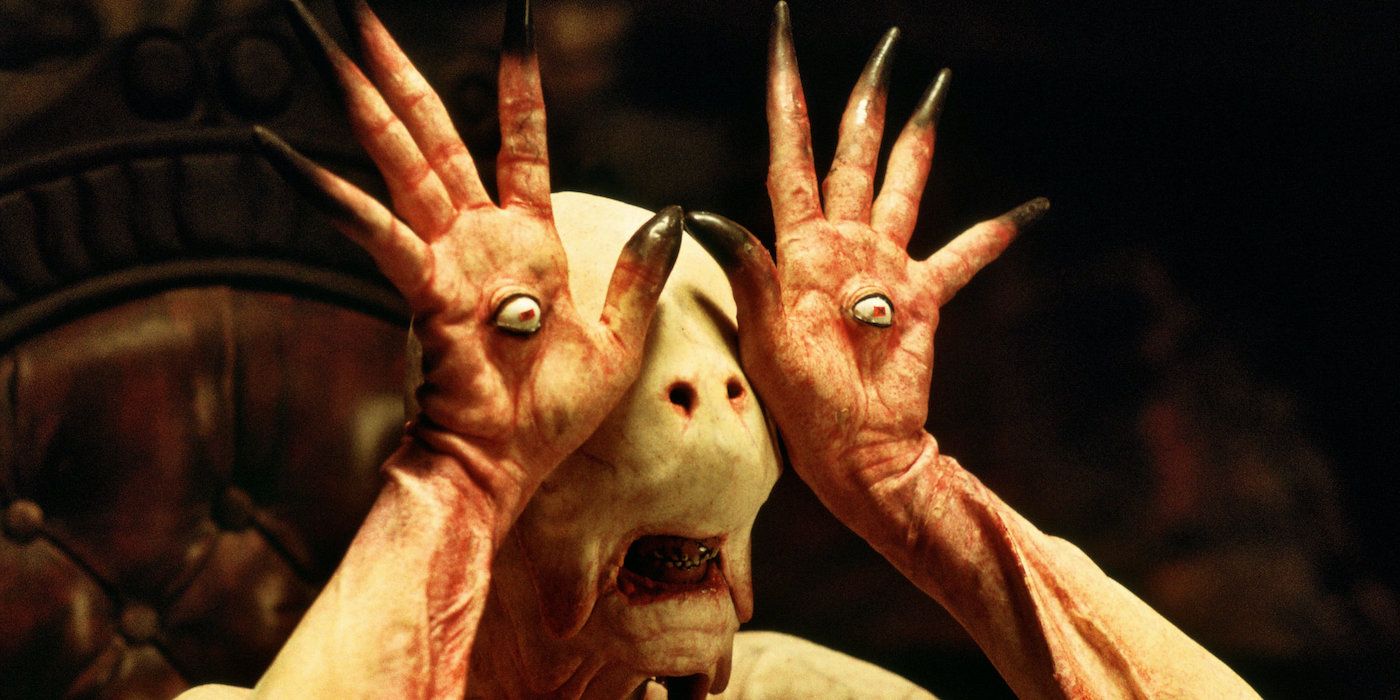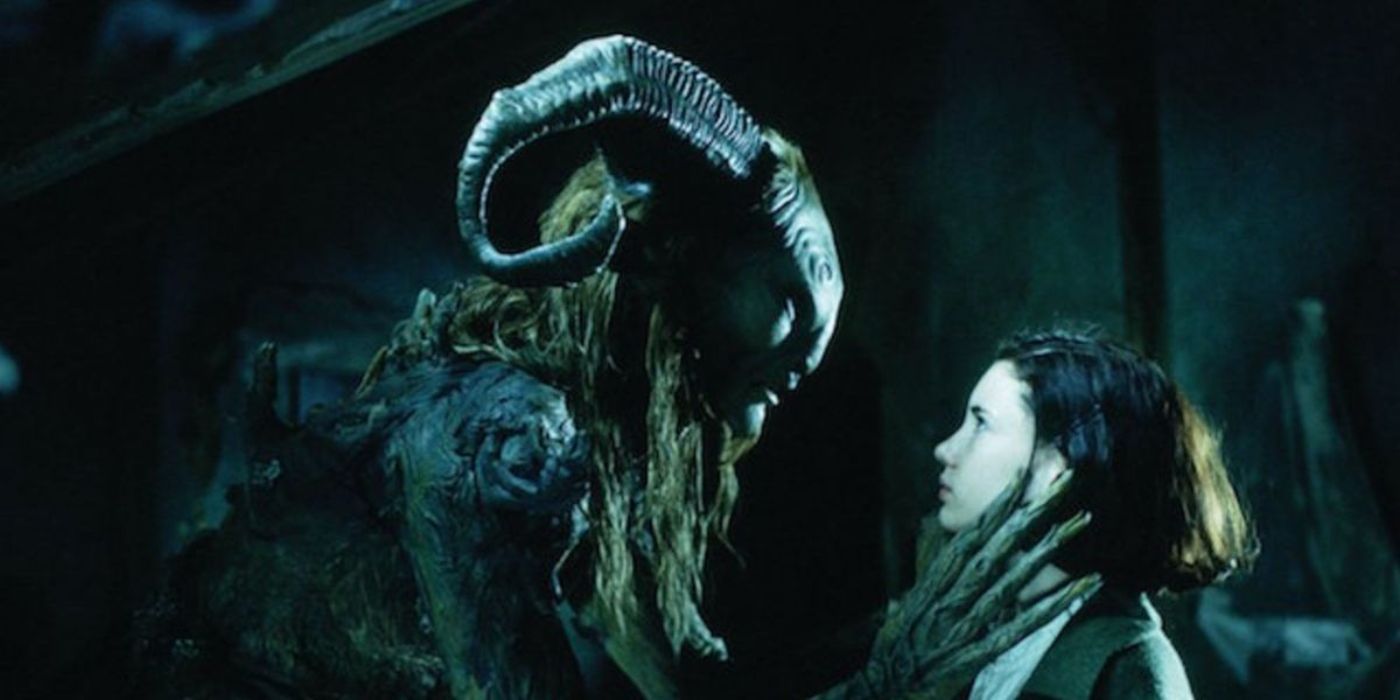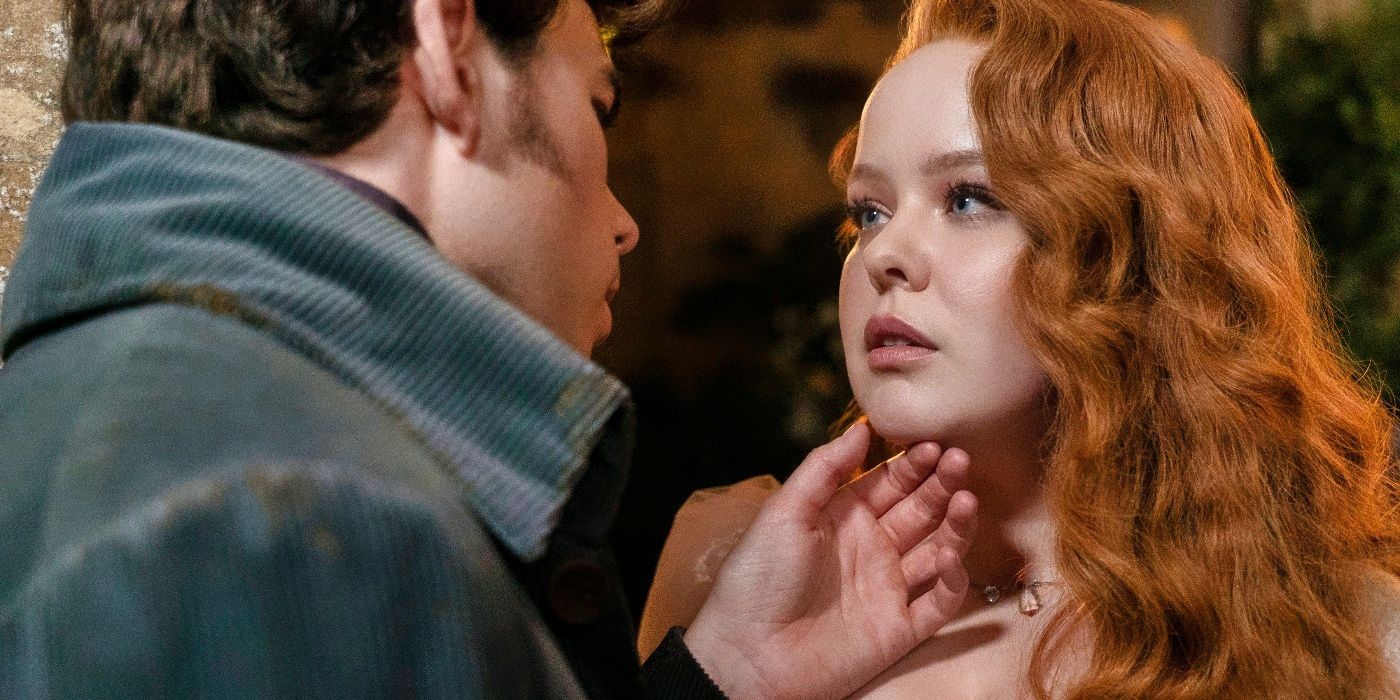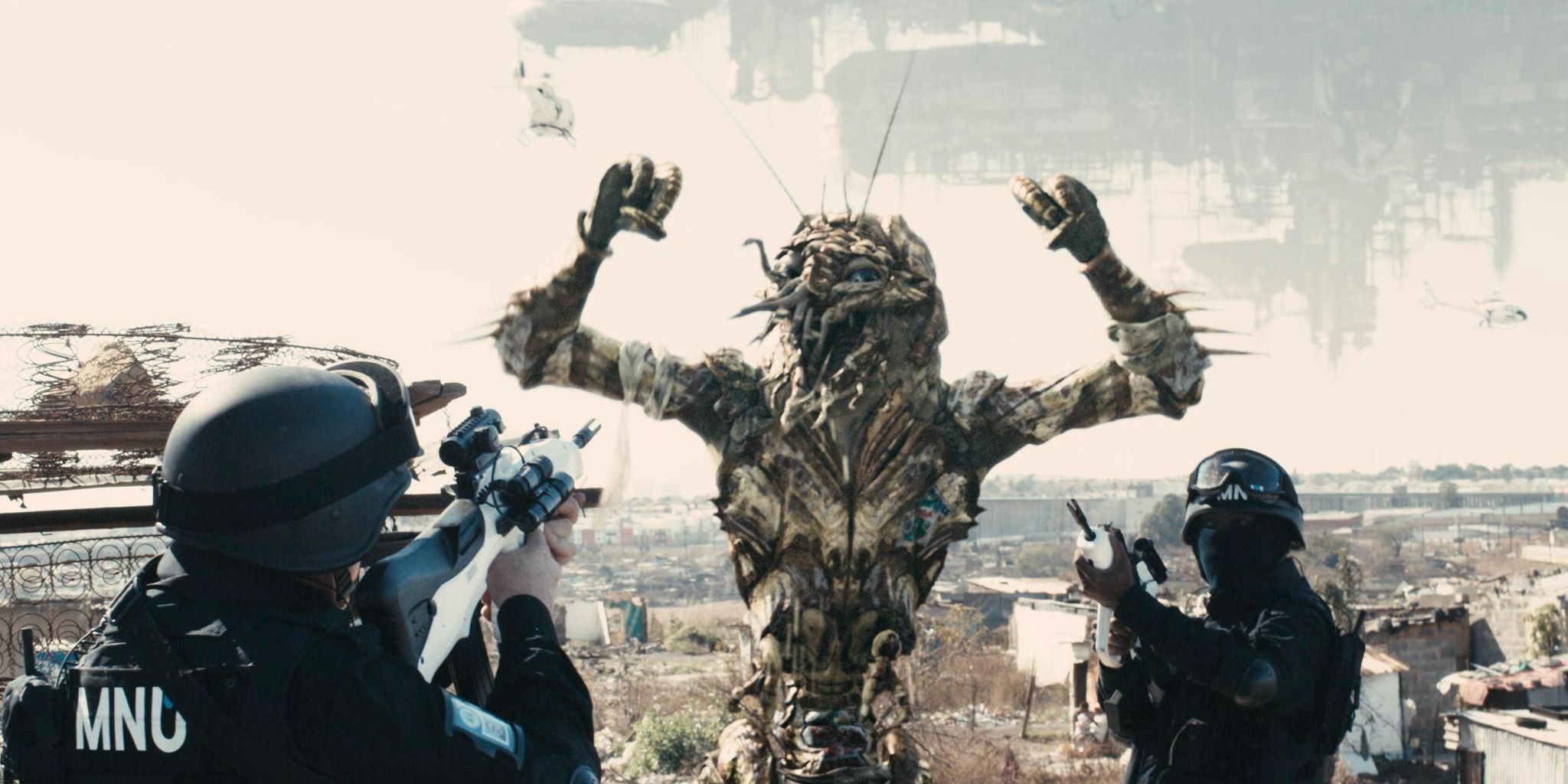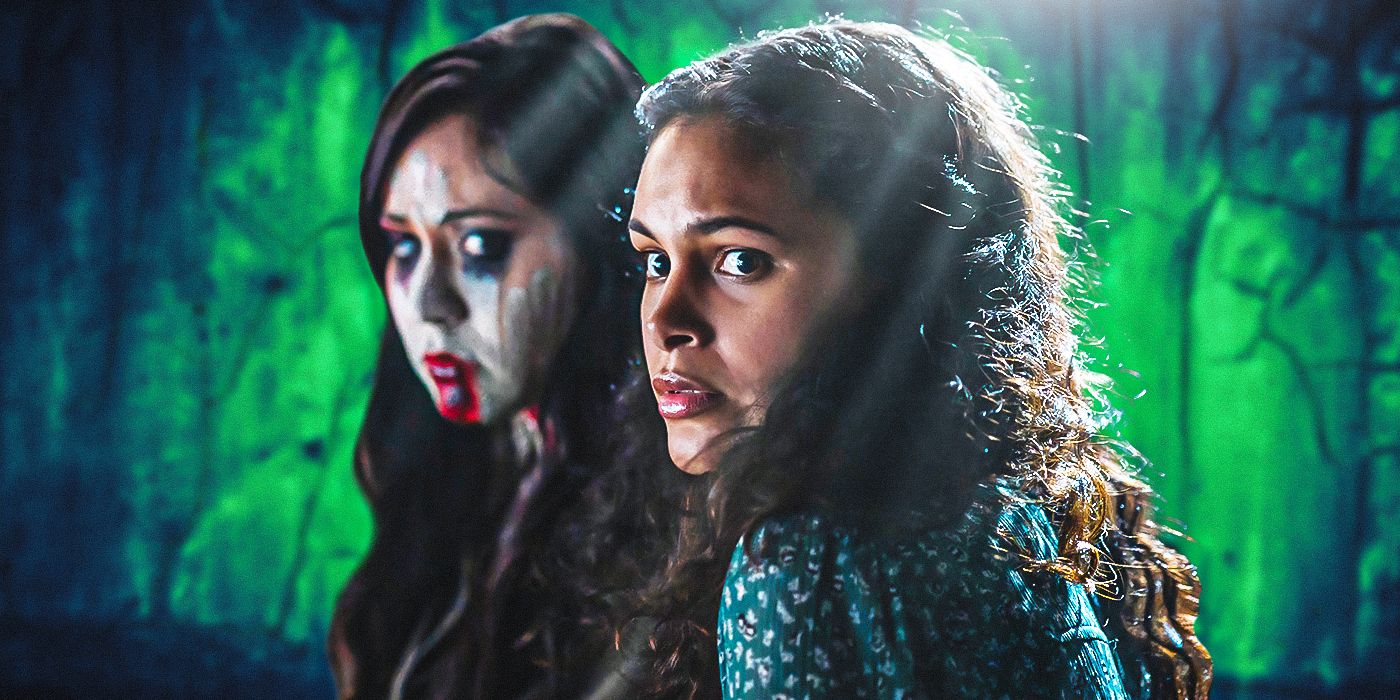The Big Picture
- The ending of Pan’s Labyrinth is ambiguous, leaving viewers wondering if Ofelia’s fairy tale underworld is real or a coping mechanism for her traumatic reality.
- The film explores the power of innocence in the face of brutality, but it’s unclear if innocence ultimately triumphs or is destroyed by cruelty.
- Guillermo del Toro skillfully leaves unanswered questions, haunting and inspiring viewers with the possibility of both magic and tragedy.
Guillermo del Toro‘s brilliant film Pan’s Labyrinth has a stunning, bittersweet ending that leaves viewers wondering whether Ofelia (Ivana Baquaro) has transcended into another world or is just dead. It’s a masterfully crafted finish to a dark, beautiful tale that explores the effects of trauma when combined with imagination. Innocence takes a stand against brutality and forceful strength, but it is unclear whether the innocence was triumphant over the darkness or simply, and unceremoniously destroyed by cruelty. Whether the fairy tale underworld Ofelia escapes to is real or not is an unanswered question that leaves viewers feeling both haunted and inspired.
How Does ‘Pan’s Labyrinth’ End?
Ofelia runs toward the center of the labyrinth. She has her infant brother clutched in her arms. Her mother has died in childbirth, and she is determined to take him with her into the underground kingdom. Her stepfather, Vidal, chases after her, desperate to possess his firstborn son.
Ofelia reaches the center. El Fauno is there, waiting for her. He tells her the only way to open the portal into her kingdom is to spill innocent blood. He tells her to kill her brother. Ofelia refuses. Her hesitation loses her time. Vidal appears from around the corner. He demands she hand over his son. Ofelia refuses again. He takes the child from her and shoots her. A few moments later a group of rebels overtake him. They take the child and shoot him.
Puddles ripple in the labyrinth as rain falls in the dark. Ofelia is lying dead on the ground, She hears a voice. She rises, dressed in splendor inside a warm, well-lit castle. El Fauno is speaking to her, welcoming her to her kingdom. “Y elegiste bien, Su Alteza.” He says. “You chose well, your highness.” She chose to protect her brother with her life. It was her own innocent blood that granted her entrance into her kingdom. Cut back to her lying dead on the ground, the rebels standing over her, grieving.
The audience sees Ofelia again, standing in her castle. El Fauno assures the audience through a voiceover that the princess ruled her kingdom happily for many years with justice and compassion. Cynical viewers may say the magic was all in her head from the start. More optimistic viewers may say she was rewarded for her selfless sacrifice. The narrative is unclear, however, and that ambiguity is what makes the scene so incredibly potent.
Is the Magic in ‘Pan’s Labyrinth’ Real?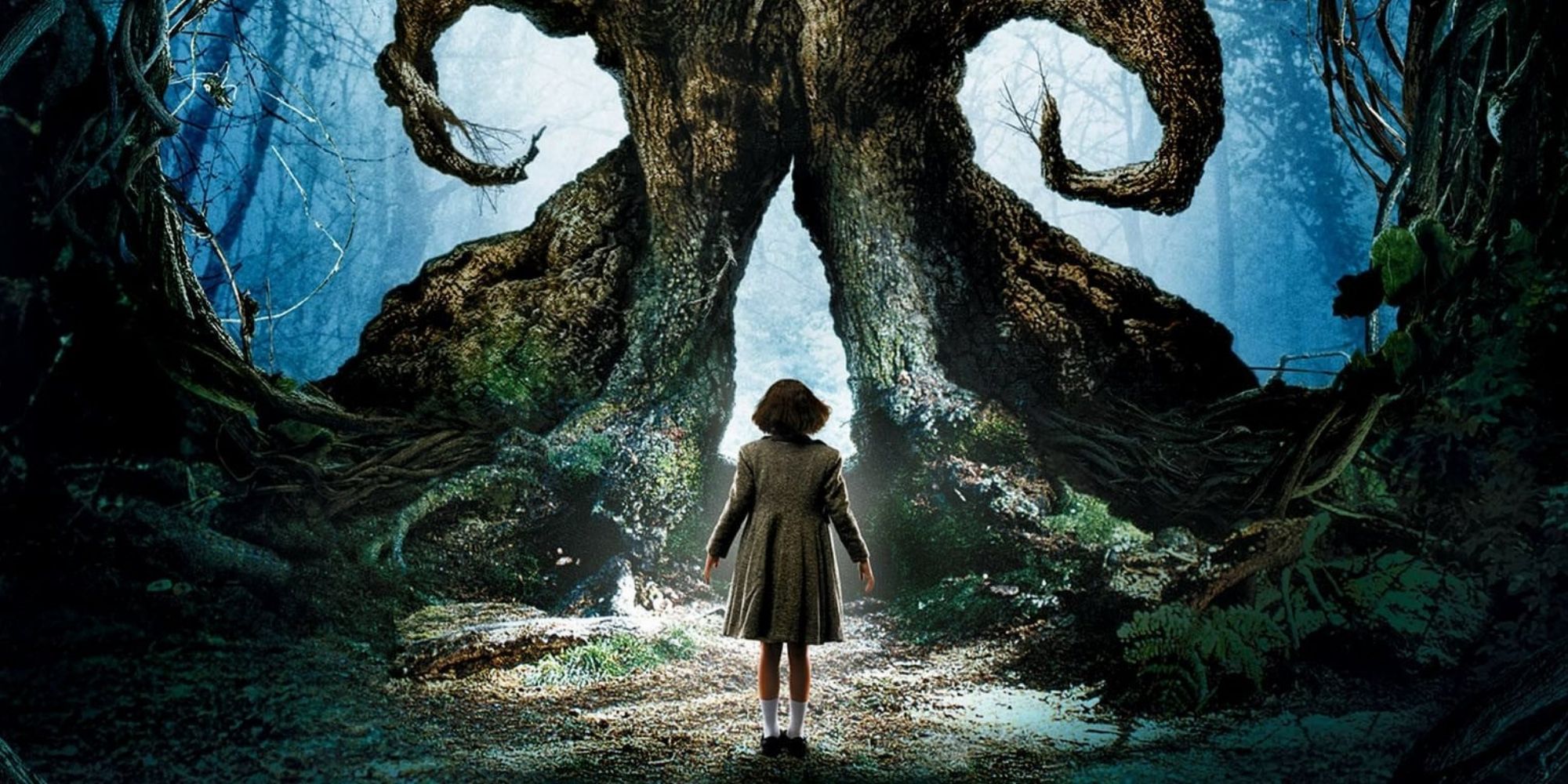
Tellers of fantastical tales like Pan’s Labyrinth have often been tempted to end a magical story with the protagonist waking and finding everything to have happened during REM sleep. “And it was a dream after all,” is the famous and often lamented last line (and whole chapter) of Lewis Carroll‘s Through the Looking Glass. This approach may have worked for Judy Garland in The Wizard of Oz, but it is generally frowned upon in polite society. Telling the audience at the very last minute that everything they have been investing in up until that point was just a dream can leave them feeling dissatisfied. The line between unsettled and annoyed can be a difficult one to walk. Storytellers going for shock value may end up with an eye roll unless they have a very specific and meaningful reason for dropping the dream trope.
In Pan’s Labyrinth, Ofelia lives in a very dark world. Not only is she caught up in the horrors of the Spanish Civil War, but her cruel stepfather is almost as heartless towards her and her mother as he is to the enemy soldiers. He is a cruel man who sees violence as strength, while Ofelia is innocent and imaginative. She wants nothing more than to escape the harsh world she lives in and reclaim her birthright as a princess in the magical realm. The magic she encounters, however, is just as grotesque as the brutal battles of this world. From the pale man with his eyes in his hands to the giant, unsympathetic toad, the mythical creatures offer her no repose from the horrors she lives with night and day. The only difference is that she can defeat the mythical beasts, while she is powerless against her stepfather.
The narrative is never completely clear whether the magic is real or an elaborate coping mechanism created by Ofelia’s psyche. She is the only one who ever sees the fairies or El Fauno who first tells her she is the long-lost princess of an underground kingdom. The adults in the story certainly think she is mad or simply playing childish games. They thwart her in her tasks to prove herself and reclaim her throne with their doubt and ridicule. Even her name alludes to the fact that she might very well be insane, just like Ophelia in Shakespeare‘s Hamlet who also dies at the end of her tale.
Pan’s Labyrinth plays things even closer to the bone with the suggestion that the fantastical elements might not be real at all, but simply a representation of all Ofelia’s fears and obstacles in the waking world, like a nightmare she is unable to wake up from. This conclusion is never as overt or absolute as the revelation at the end of a movie like The Life of Pi. Nor is it proven false the way the adults’ interpretation of Henry’s belief that he comes from a fairy tale is in a series like ABC’s Once Upon a Time. Instead, it is left unaddressed. It is an ambiguous whisper that is never confirmed but never completely ruled out.
Why ‘Pan’s Labyrinth’s Ambiguity Works
In this way, Guillermo del Toro doesn’t really use the dream trope at all. He merely alludes to it. The narrative is never clear whether the magic is real or not, and that ambiguity is exactly what makes Ofelia’s death so impactful. Viewers are allowed to draw their own conclusions about whether her innocent sacrifice prevailed over the brutalities of war or not, but they feel the emotional impact of both possibilities. They feel the joy of Ofelia’s transcendence in protecting her brother, and the heart-wrenching grief of her loss right alongside each other. The horror of everything Ofelia’s stepfather has done would be lost without this whisper of doubt.
In Pan’s Labyrinth Guillermo del Toro nods to the dream trope and leaves audiences, not shocked, or annoyed, but haunted and unsettled. The whole story is not thrown away by the suggestion that the magic may not be real, as it is in so many other stories. Rather, it is enriched and given added texture. The audience is left to ponder both the horrors of the trauma-riddled mind and the very real children who did not have a magical land to escape to when facing the brutality of war. Innocence triumphs over brutality without downplaying the very real impact unbridled cruelty has on the world.

